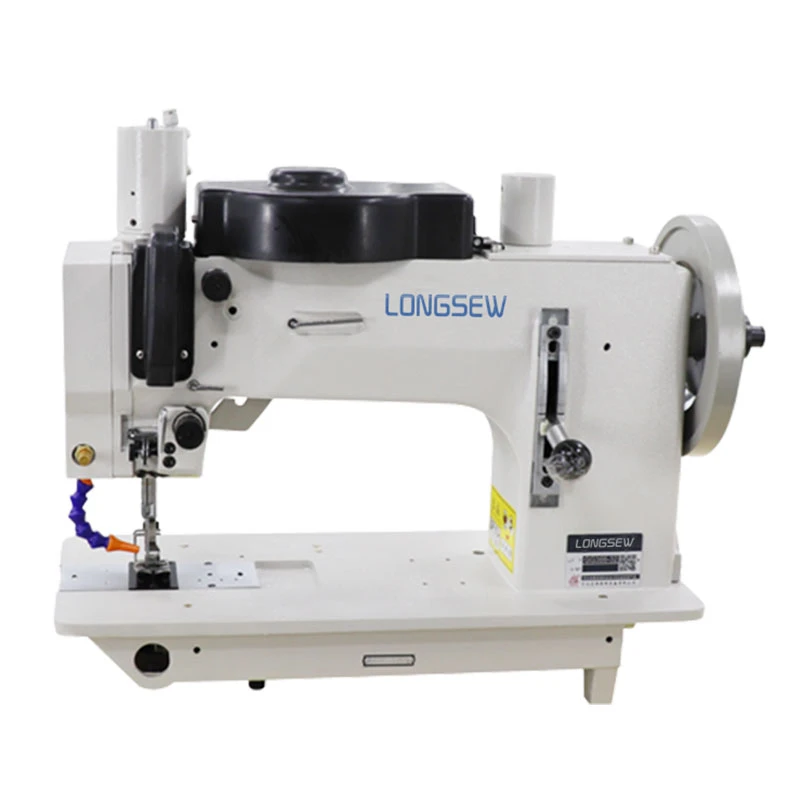Machine Sewing Techniques for Crafting Durable Leather Bags
Sewing Leather Bags by Machine A Comprehensive Guide
Sewing leather bags by machine is a skill that combines the art of design with the precision of industrial techniques. Whether you're a seasoned professional or a passionate hobbyist, understanding the intricacies of this craft can elevate your leatherwork to new heights. In this article, we will explore the process of sewing leather bags by machine, from selecting materials to finishing touches, ensuring you have a thorough knowledge to create beautiful and functional pieces.
Choosing the Right Materials
The first step in making leather bags is selecting the appropriate materials. Leather comes in various types, including full-grain, top-grain, and genuine leather. Full-grain leather is the highest quality and most durable, making it ideal for bags that will withstand daily use. Top-grain leather, while slightly less durable due to sanding, has a finer finish and can be more affordable. Genuine leather, often made from lower-quality scraps, is adequate for less formal projects.
Additionally, choosing the right thread and needle is crucial. Heavy-duty polyester or nylon threads are recommended for leather bags, as they provide strength and durability. Needle size will depend on the thickness of the leather; thicker leather requires larger needles to prevent breakage. A leather needle, which has a wedge-shaped point, is essential to avoid damaging the material.
Preparing the Materials
Before diving into the sewing process, it’s important to prepare your leather. Cut the leather according to your bag’s design using a sharp rotary cutter or heavy-duty scissors. Make sure to mark your cutting lines accurately to ensure clean edges. Consider the grain direction of the leather as it can affect the final appearance.
Once your pieces are cut, it's wise to use a leather cement or double-sided tape to temporarily hold them together. This helps prevent shifting during sewing and ensures more precise stitching. Additionally, punching holes along the seams with a leather hole punch is imperative. This process allows the needle to pass through the leather easily and creates a consistent stitch line.
Setting Up the Sewing Machine
When sewing leather, having the right sewing machine is crucial. A heavy-duty sewing machine or an industrial walking-foot machine can handle the thickness and texture of leather better than a standard machine. Before you start sewing, replace the standard needle with a leather needle and adjust the stitch length to accommodate the thickness of your material.
sewing leather bags by machine

It’s also important to use a teflon-coated presser foot or a walking foot attachment. These feet help the leather glide smoothly through the machine, preventing it from sticking or bunching. Adjust the tension settings to ensure even stitching and prepare a workspace that allows for the movement of larger bag pieces.
The Sewing Process
Begin sewing by aligning the edges of your leather pieces and starting with a backstitch to secure the thread. Use a smooth, steady pace to allow the machine to penetrate the leather effectively. If your design includes pockets or zippers, sew these components first before constructing the bag’s main body.
Pay attention to your stitch length; longer stitches are often preferred for leather to reduce the risk of tearing. A stitch length of about 3-4 mm is typically appropriate. Regularly check your stitch density to ensure evenness, as inconsistencies can lead to weak seams.
Finishing Touches
Once the main body of the bag is sewn together, it’s time for finishing touches. Trim any excess threads and edges for a clean look. For a professional finish, consider applying an edge treatment such as edge stain or burnishing to seal the cut edges of the leather, preventing fraying and enhancing durability.
Adding hardware like buckles, snaps, or rivets not only provides functionality but also contributes to the aesthetic appeal of your bag. Make sure to position these elements carefully to maintain balance and structural integrity.
Final Thoughts
Sewing leather bags by machine is a fulfilling and creative endeavor. By investing in quality materials, utilizing the right tools, and mastering ongoing techniques, you can produce stunning leather bags that are both practical and stylish. Whether you’re making a simple tote or an intricate handbag, the skills you develop will serve you well in any leatherworking project. Embrace the challenges and enjoy the process—your dedication will reflect in the quality of your handmade leather creations.
-
Zigzag Sewing MachineNewsMay.12,2025
-
Single Needle Sewing MachineNewsMay.12,2025
-
Overlock Sewing Machine PriceNewsMay.12,2025
-
Heavy Duty Industrial Sewing MachineNewsMay.12,2025
-
FIBC Sewing MachineNewsMay.12,2025
-
Cylinder Bed Sewing MachineNewsMay.12,2025
-
Revolutionizing Sewing with CNC TechnologyNewsMar.28,2025





























